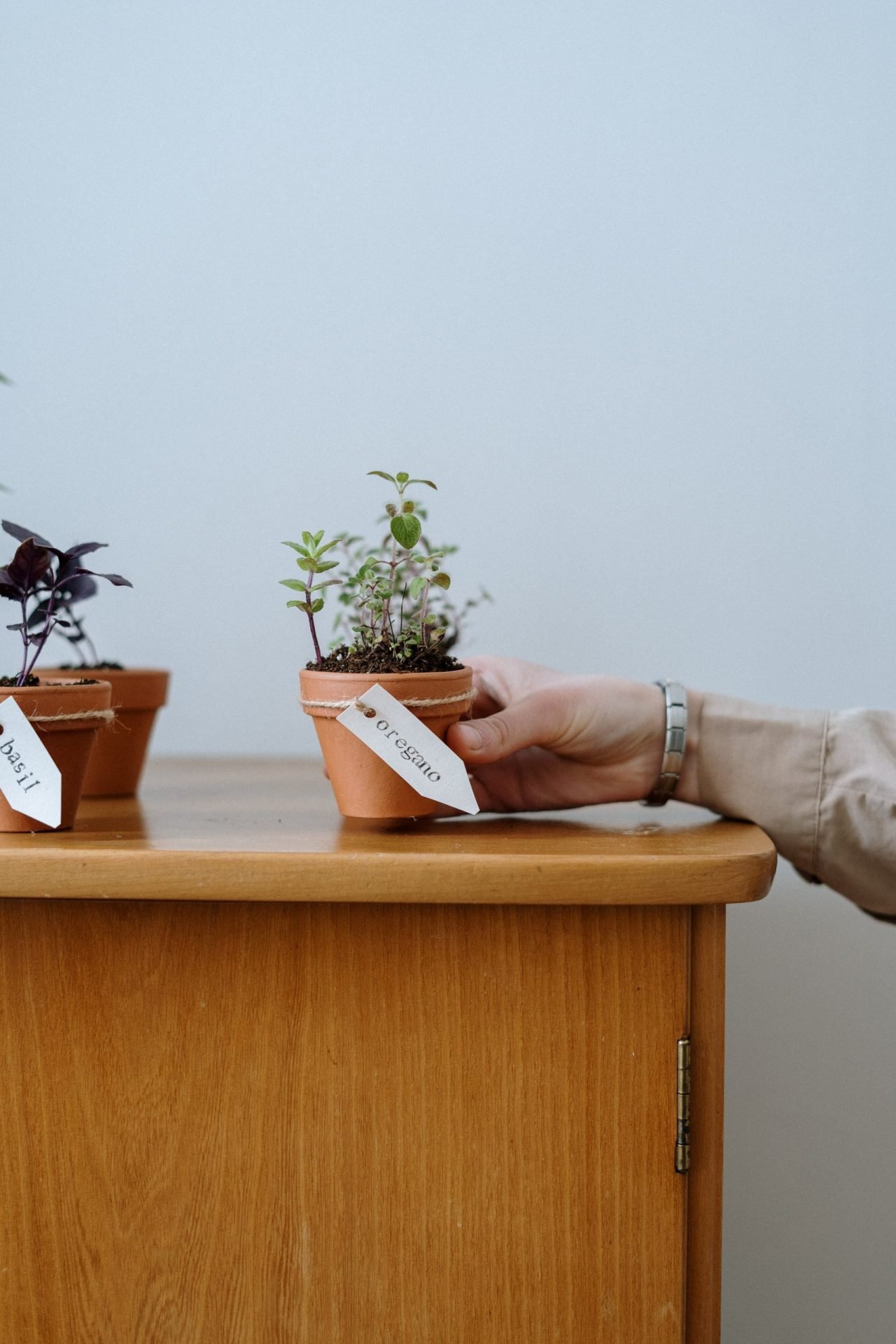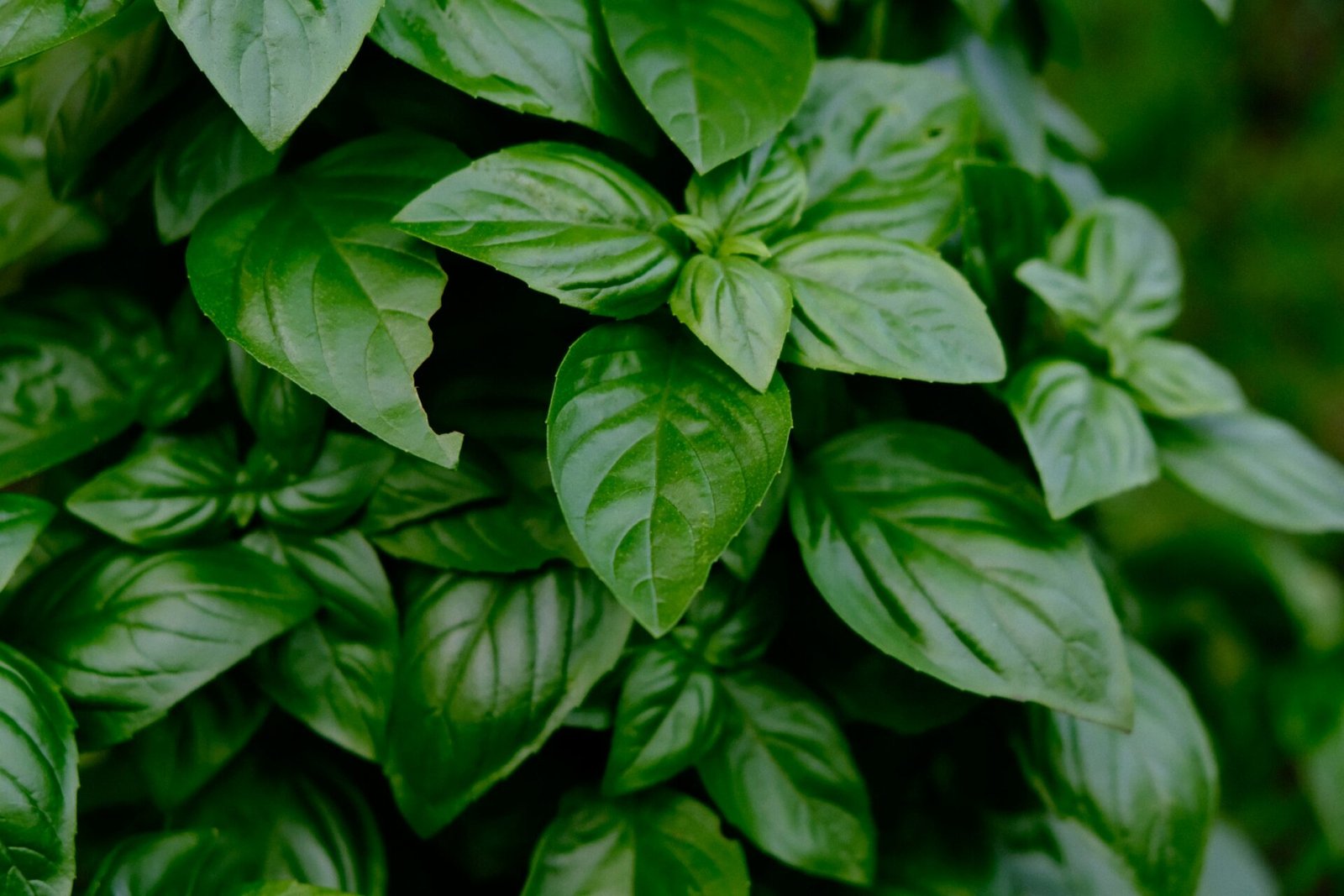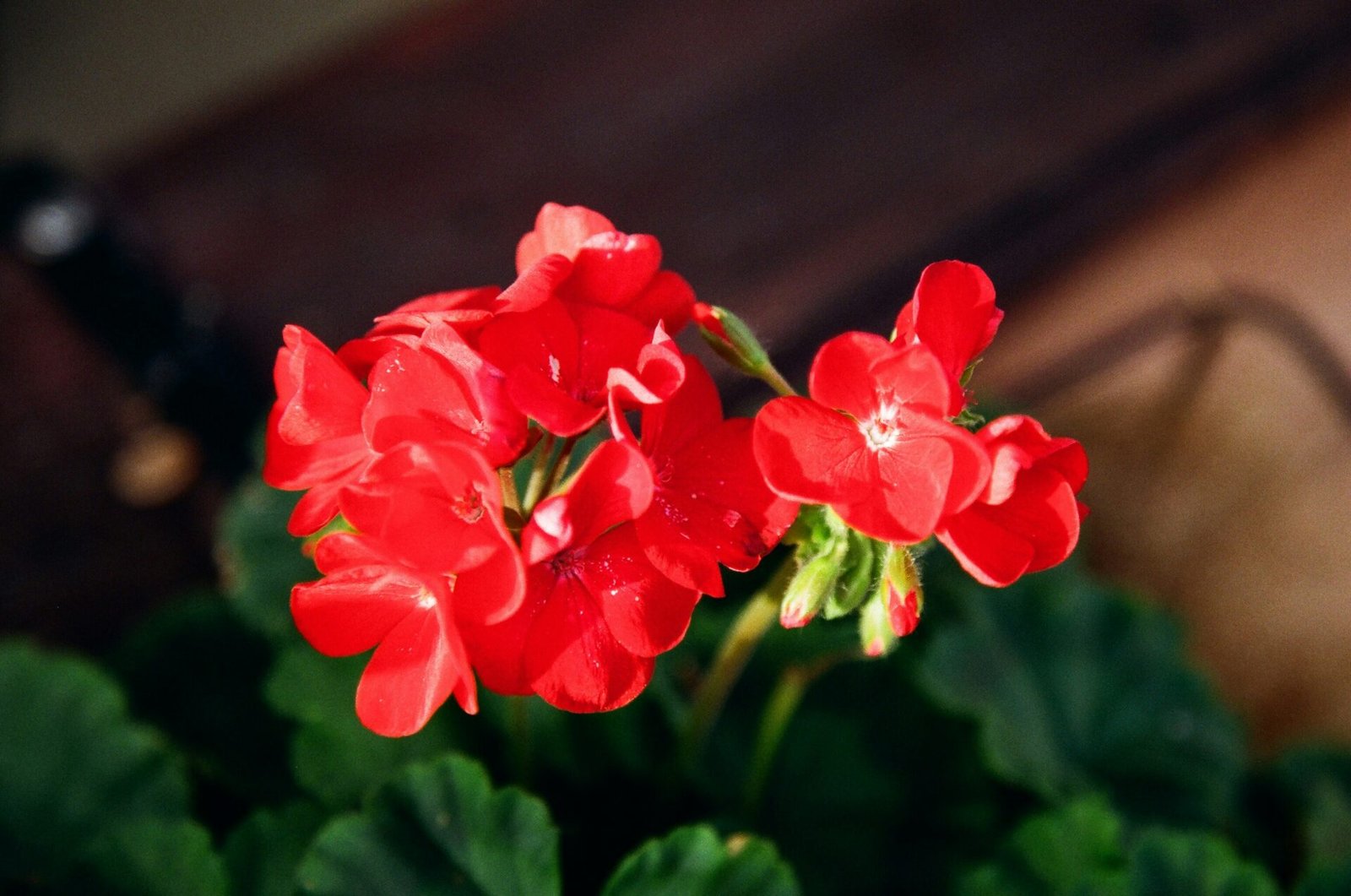Growing a garden’s not just about planting your favorites; it’s also about understanding how plants can help each other thrive. That’s where companion planting comes in, and oregano’s a real team player in this regard. Its aromatic leaves are more than just a kitchen staple—they can boost the health and flavor of a variety of plants in your garden.
I’ve discovered some amazing companions for oregano that can help deter pests and even enhance growth. Whether you’re a seasoned gardener or just starting out, knowing which plants to pair with oregano can make all the difference. Let’s dive into the symbiotic world of oregano companion plants and uncover the partnerships that lead to a bountiful harvest.
Benefits of Companion Planting
When I started delving into the world of gardening, the term “companion planting” kept coming up. It’s a method that can’t be overlooked if you’re aiming for a thriving, sustainable garden. Companion planting involves strategically placing different plant species close to each other to foster mutual benefits.
Why Adopt Companion Planting?
There are several key reasons why I find companion planting indispensable:
- Pest Control: By introducing certain plants, like oregano, you naturally repel pests without resorting to chemicals. The intense aroma of oregano is known to ward off a variety of insects, acting as a biological shield for more vulnerable plants.
- Pollination: Companion plants can attract beneficial insects that aid in pollination. This is crucial for the reproduction of many plants and can lead to better yields.
- Soil Health: Certain companion plants improve soil nutrients and structure. Oregano, for example, can help surrounding plants absorb nutrients more efficiently through its root exudates.
- Plant Growth: The right companions can actually promote faster and more robust growth in each other by providing shade, support, or through other synergistic interactions.
- Maximized Space: Using companion planting effectively increases biodiversity and allows you to get the most out of every inch of garden space.
The Mechanisms at Work
At the heart of companion planting is the idea of plant synergy. Just like people, plants can be positive influences on their neighbors. Oregano, with its fragrant leaves, not only enhances the garden’s aroma but also leads to stronger, healthier companion plants. The chemical compounds released by oregano leaves are thought to stimulate growth in nearby plants while also making them less appetizing to pests.
Understanding which plants thrive together takes a bit of research and experience. In my garden, I’ve observed that when I pair oregano with vegetables like tomatoes and peppers, they’re more resilient and productive. It’s a natural and effective way to boost the garden’s overall health. By harnessing the power of companion planting, you tap into an ancient practice that marries the wisdom of nature with modern gardening techniques.
Understanding Oregano as a Companion Plant
My gardening efforts have shown me that companion planting is a game-changer, especially with herbs like oregano. This aromatic perennial is not just a culinary delight; it’s also a powerhouse in the plant world when it comes to companion planting. Recognizing oregano’s role can significantly bolster the health and yield of your garden.
When I plant oregano near my veggies, I notice a stark difference. It releases compounds into the soil that offer a form of natural pest control. The strong scent is fantastic for deterring a variety of pests that might otherwise feast on your crops. With oregano as a guard, plants like beans and broccoli thrive, with significantly less damage from unwanted insects.
Oregano also attracts beneficial pollinators with its fragrant blossoms. These insects are crucial for the growth of many plants, ensuring that fruits and vegetables are well-pollinated. I’ve observed that nearby flowering plants often have higher pollination rates, leading to better crop production.
What’s more, the oregano plant itself is quite resilient and low-maintenance. It seems to grow well in a range of conditions, from full sun to partial shade, and doesn’t need much attention once established. This makes it an excellent neighbor for more high-maintenance plants that need a bit more of my time and resources. By sharing its space with these needier plants, oregano acts as a stable base within the garden ecosystem.
- Benefits of Planting Oregano in Your Garden:
- Acts as a deterrent for garden pests
- Attracts beneficial insects and pollinators
- Enhances soil health
- Improves the resilience and flavor of certain vegetables
In essence, incorporating oregano into your garden plan is an insightful move. The advantages speak volumes, and I’ve personally noted that my garden’s overall productivity and health improve with oregano as part of the mix. If you’re looking to create a diverse, sustainable ecosystem in your backyard, consider oregano as your foundational herb. It’s a choice that both your palate and your plants will thank you for.
Best Companion Plants for Oregano
When I’m planning my garden layout, I’m always careful to choose plants that will complement and benefit each other. Oregano is quite the team player in the garden, and certain plants thrive when they’re grown alongside this aromatic herb. Here are some top picks for plants that pair well with oregano.
- Tomatoes: Not only is this pairing classic in the kitchen, but tomatoes also fare better in the garden when oregano’s around. The strong scent of oregano camouflages tomato plants from pests and may even improve their flavor.
- Peppers: Both bell and hot peppers benefit from oregano’s pest-repellent properties, creating a buddy system that keeps your peppers healthy.
- Broccoli: This vegetable can be a magnet for pests, but with oregano’s natural pest control, you’ll find fewer problems from common culprits. What’s more, oregano can enhance the growth and flavor of broccoli.
Adding oregano to your garden does more than just protect and enhance; it can also keep the soil healthy, which is a boon for plants like:
- Squash: Including zucchini and pumpkin, which are vulnerable to squash bugs. Oregano’s presence can deter these pests.
- Cucumbers: They also draw in pests like beetles, which can be kept at bay with oregano planted nearby.
It’s also worth noting that oregano should be planted in proximity to these companions but not too close, as it requires its own space to grow. Being a low-maintenance plant, it won’t need much from you, but it’ll offer plenty to its companions in the form of protection and shared space.
Planting oregano in your garden can lead to a symbiotic relationship with an array of vegetables and herbs. By attracting beneficial insects and repelling pests naturally, oregano ensures that you and your garden companions have a thriving, productive season. After all, a garden is a community, and each member, including oregano, plays a pivotal role in maintaining its health and vitality.
Repelling Pests with Oregano Companion Plants
Companion planting with oregano isn’t just about boosting plant health and flavors; it’s a powerful strategy to repel unwanted pests from your garden. I’ve found that oregano works wonders in keeping away a range of insects that can otherwise wreak havoc on vegetable patches.
Aphids and mites, for instance, are deterred by oregano’s strong scent. These pests can cause significant damage to plants by sucking on sap and spreading diseases. When I plant oregano near my vegetables, these pests seem to stay away, preferring to find a less aromatic environment.
Cabbage moths are another common enemy in the garden, especially for cruciferous vegetables like broccoli and cabbage. The moths lay their eggs on the leaves, and the hatching caterpillars feast on them, often destroying the crop. I’ve noticed that since incorporating oregano into my garden, there’s been a noticeable reduction in cabbage moth activity. The herbal fragrance seems to confuse and repel the moths, keeping my greens pristine.
Here’s a quick list of pests that oregano helps to repel:
- Aphids
- Mites
- Cabbage moths
- Mosquitoes
Additionally, oregano is known to be effective against mosquitoes. Having it in the garden can create a sort of natural barrier, reducing the number of these annoying insects buzzing around. Given the risks associated with mosquito-borne diseases, it’s a welcome bonus to have a natural mosquito repellent at hand.
Aside from the aromatic properties that protect neighboring plants, oregano also attracts beneficial insects like lacewings and ladybugs. These predators feed on pests and contribute to a more balanced and healthy garden ecosystem. By planting oregano, you’re essentially setting up a welcoming habitat for these helpful bugs.
It’s fascinating to observe how the use of oregano reaches beyond culinary purposes. It’s a multifunctional plant that serves as both a guard and a promoter of a flourishing garden. Incorporating oregano with the right companions doesn’t just make sense; it’s a smart, organic approach to pest management.
Enhancing Growth with Oregano Companion Plants
Integrating oregano into my garden wasn’t just about repelling pests—it also provided a notable boost to the growth of my vegetable plants. Oregano secrets a unique mix of compounds through its roots that can enhance nutrient uptake for its neighboring plants. By sharing the same soil space, nutrients like nitrogen and phosphorous become more readily available, fostering a fertile environment for all.
Specifically, tomato plants thrive when oregano is planted nearby. It’s well-documented that tomatoes experience enhanced size and flavor. This phenomenon isn’t just anecdotal; numerous gardeners have observed their tomato yields increase when these two plants are neighbors. The aromatic profile of oregano also benefits pepper plants, contributing to more robust growth and potentially larger fruit size.
When it comes to leafy greens, the effect of oregano is similarly positive. Lettuce and spinach are less likely to bolt—that is, shoot up a flower stalk and go to seed prematurely—when tucked next to these fragrant herbs. The shade provided by oregano can create a cooler microclimate which is ideal for greens that prefer less intense sunlight and heat.
The synergy doesn’t end with vegetables. Flowering plants like marigolds and nasturtiums also enjoy the companionship of oregano. These flowers contribute to the garden’s health by attracting pollinators while oregano continues to keep unwanted pests at bay. The result is a garden that not only looks vibrant and full of life but is also a flourishing ecosystem.
By intentionally pairing plants based on their complementary needs and benefits, I’ve seen a discernible difference in the health and output of my garden. The strategic placement of oregano has been central to this success, proving that even small choices in plant partners can have substantial effects on garden vitality and productivity.
Conclusion
Harnessing the power of oregano in your garden goes beyond its culinary uses. It’s a natural ally for a range of plants, from robust tomatoes to delicate leafy greens. By integrating oregano into your garden, you’ll not only foster a more dynamic ecosystem but also enjoy the perks of healthier, more flavorful produce. Remember, a little foresight in plant placement can yield big rewards, making your gardening experience both enjoyable and fruitful. So why not give your garden the gift of oregano and watch as it transforms into a thriving, pest-resistant haven?





